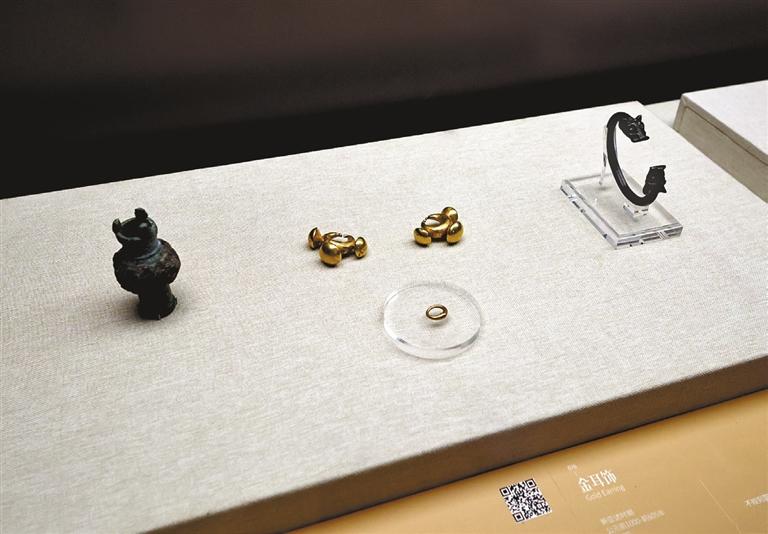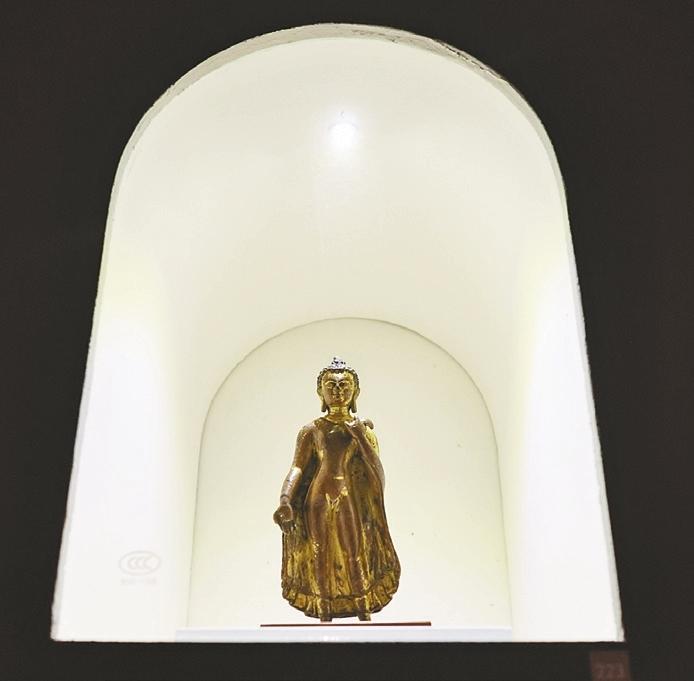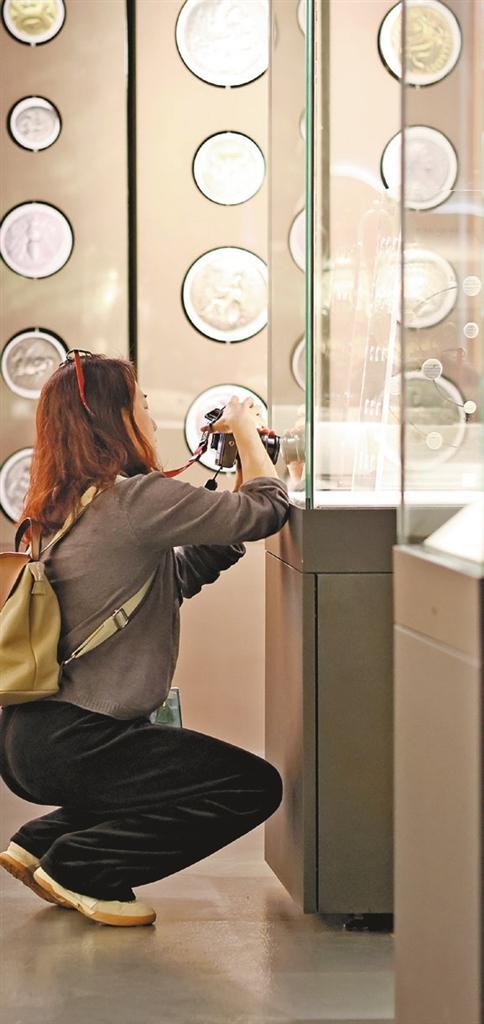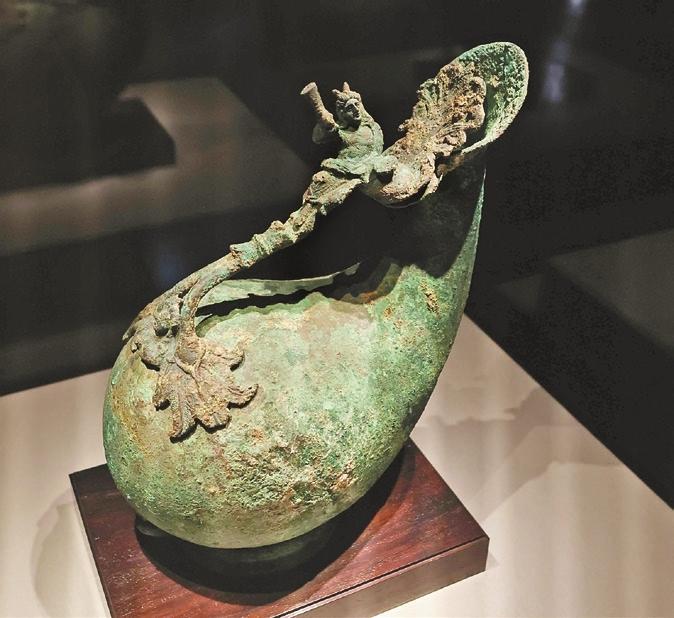






THE Shenzhen Museum, in a nod to ancient cultural exchanges, is hosting the “Historical Metallurgy Exhibition,” a display that demonstrates how humanity’s progression from the Stone Age to the Metal Age has profoundly influenced the course of history. The exhibition charts the journey beginning in 4,000 B.C. with the advent of the Bronze Age in the Anatolian Peninsula and Mesopotamia, followed by the Hittites bringing in the Iron Age around 1,000 B.C., and the subsequent Hellenistic period initiated by Alexander the Great’s conquests. Showcasing 263 sets of ancient metal artifacts, the exhibition presented by Hirayama Ikuo Silk Road Museum spans nearly four millennia and illustrates the artistry of ancient Persia, Greece, Rome, and other regions along the Silk Road. Visitors can view items ranging from gold to tin, encompassing ritualistic items, weaponry, and everyday tools, each a symbol of the period’s authority and wealth. Delving into the craftsmanship that highlights religious and aesthetic values of ancient times, the display also celebrates the 10th anniversary of the Belt and Road Initiative. The Shenzhen Museum’s collaboration with Hirayama Ikuo Silk Road Museum seeks to delve into the beginnings and spread of metalworking techniques. The exhibition, offering insight into ancient ingenuity, is open to the public until April 7. Captured through the lens of Liu Xudong, a Shenzhen Daily photographer, the included images offer a glimpse into the grandeur of the exhibition. (SD News) | 
